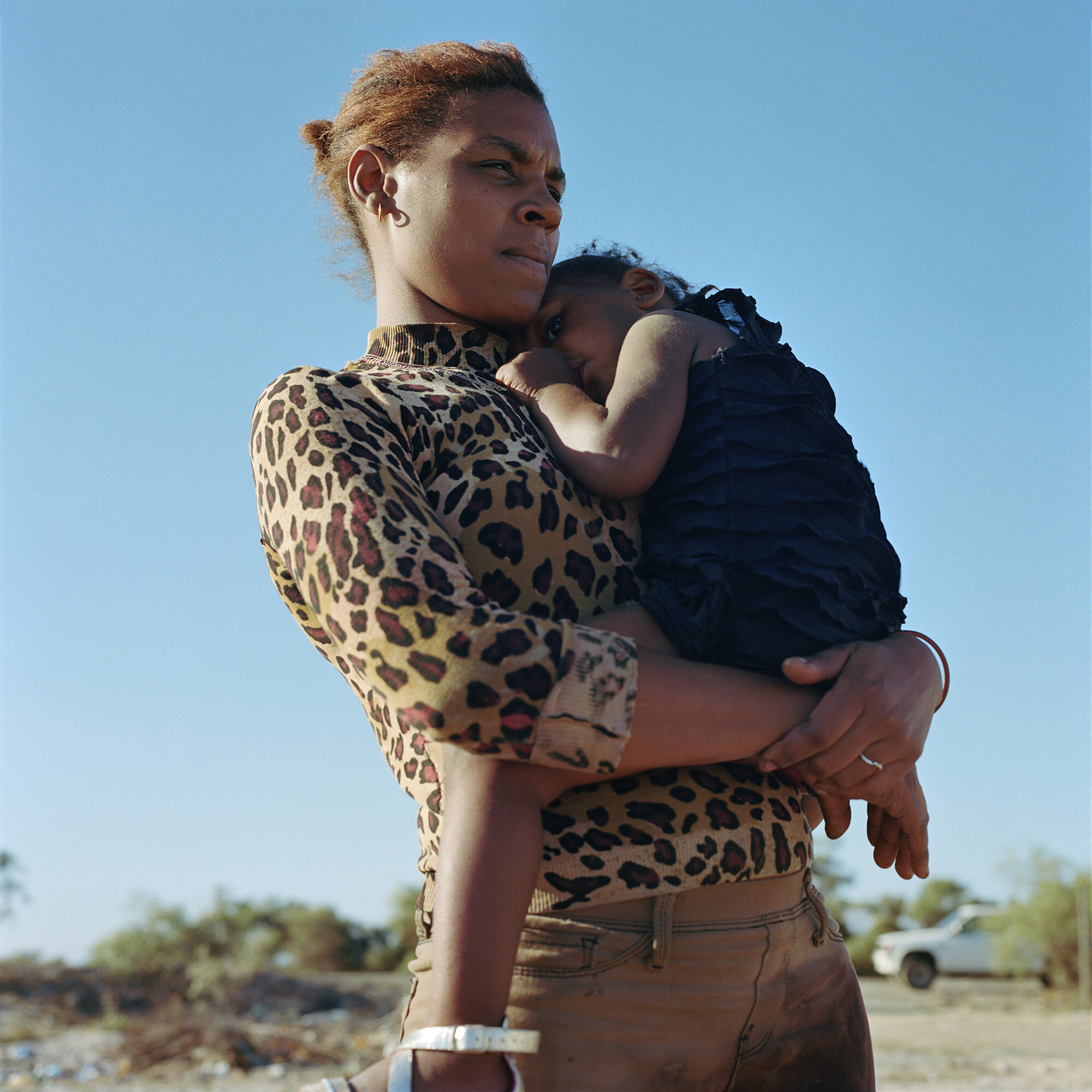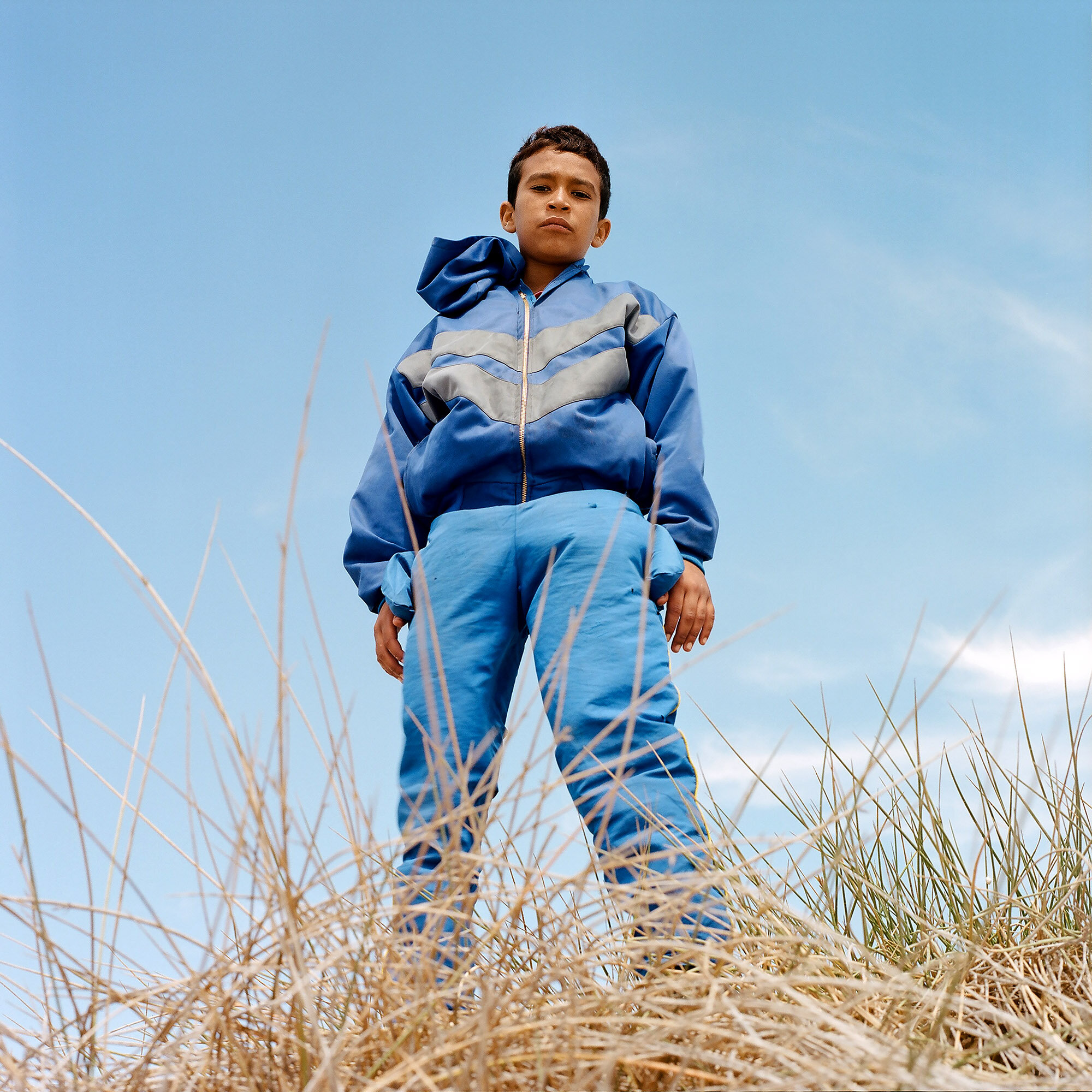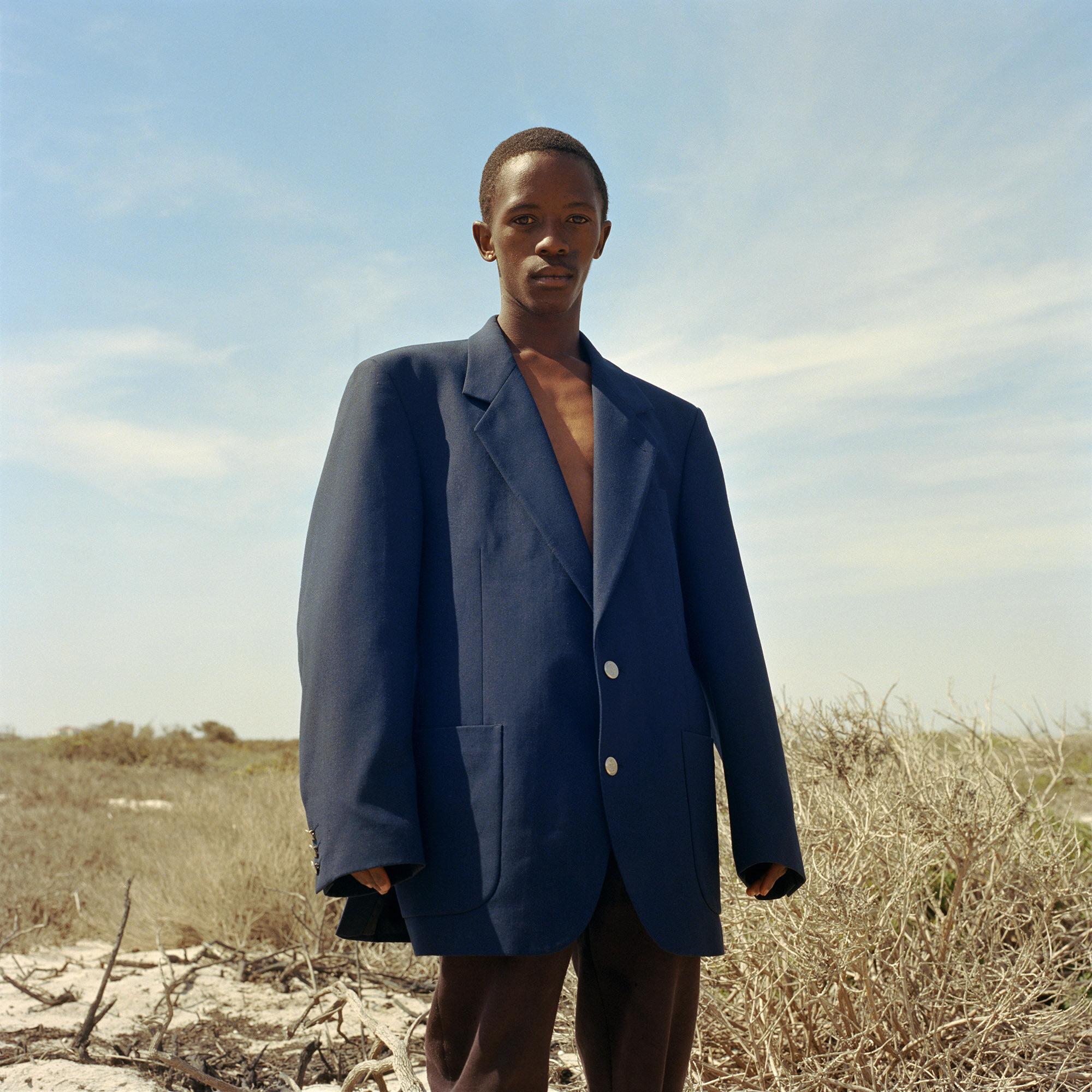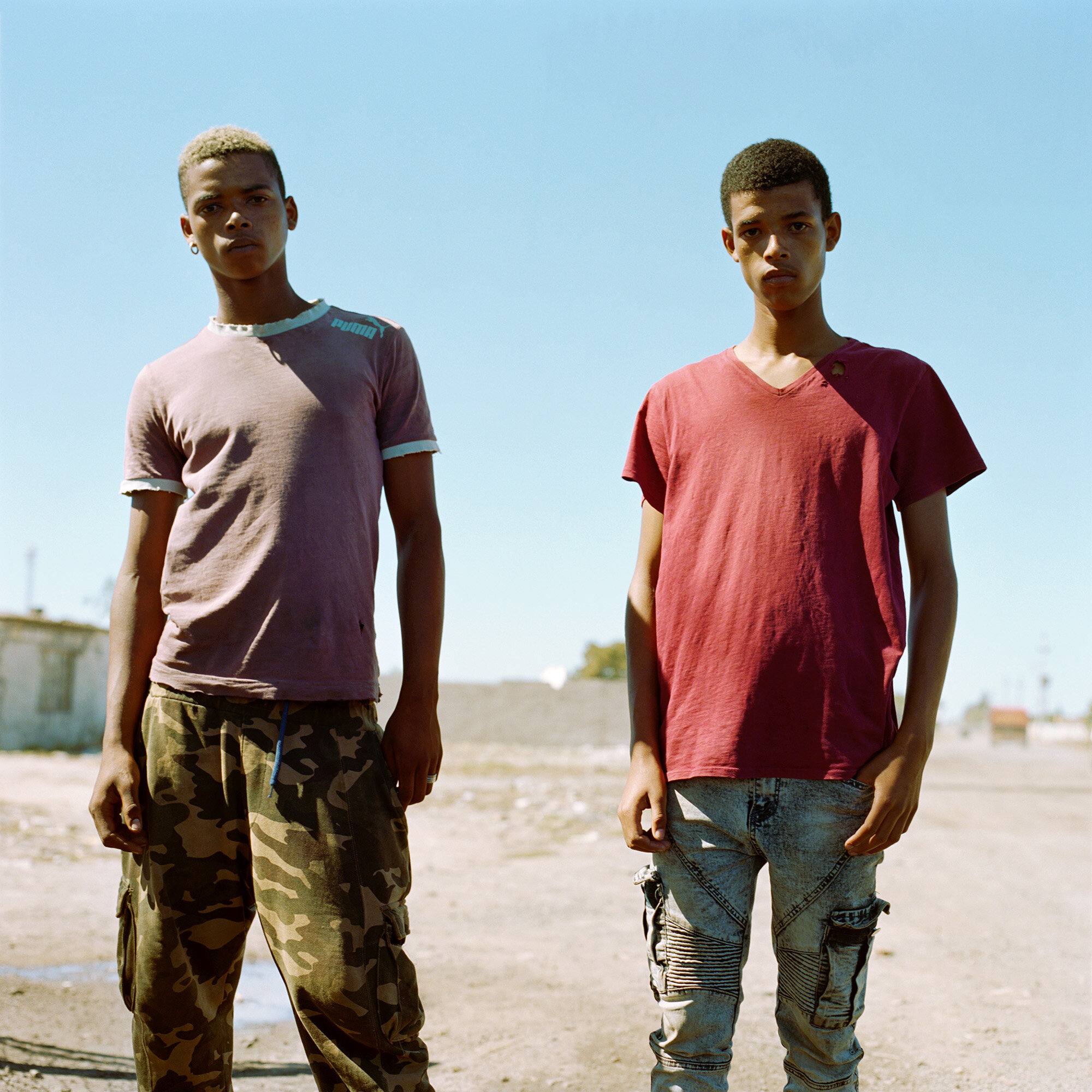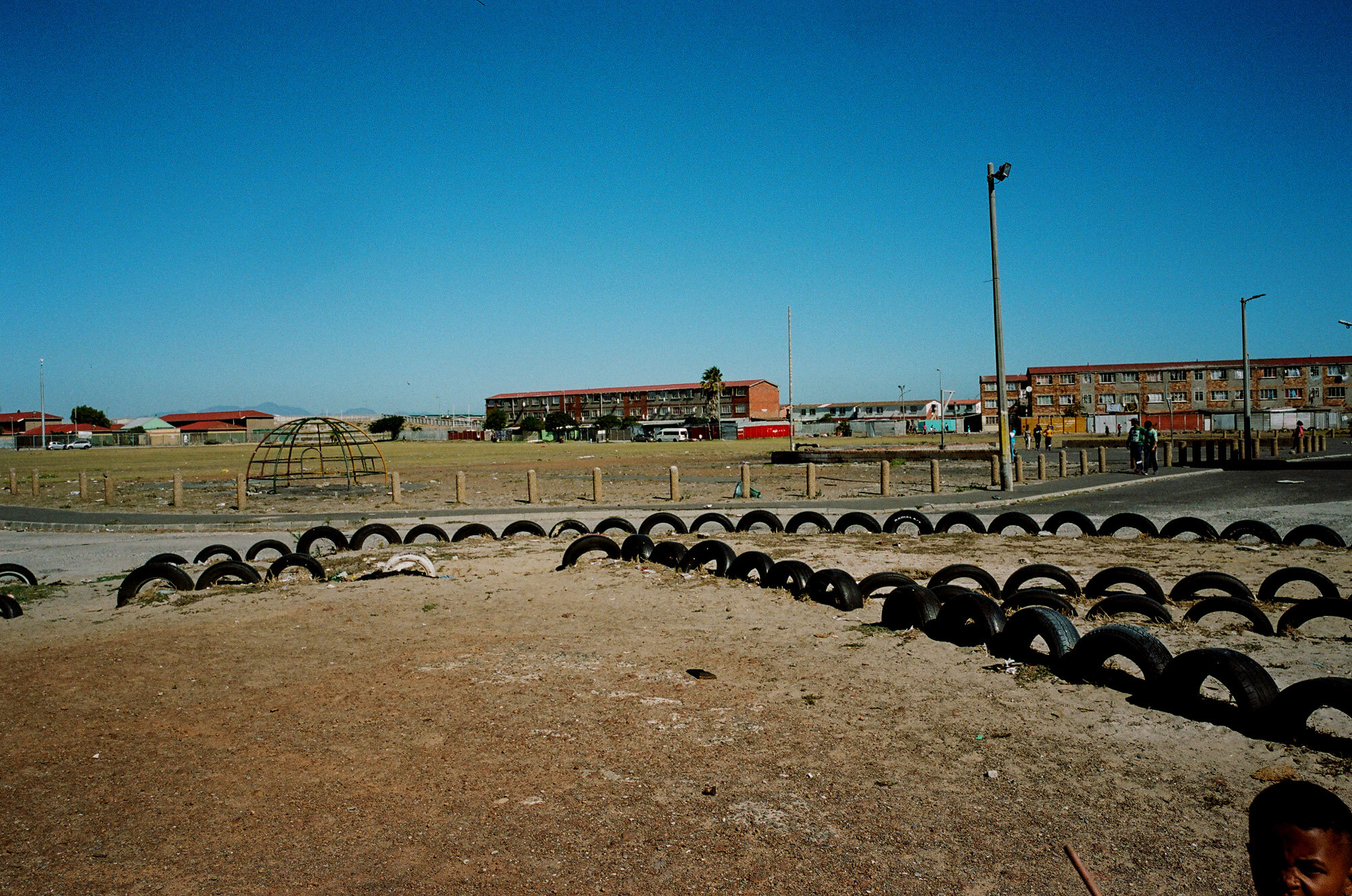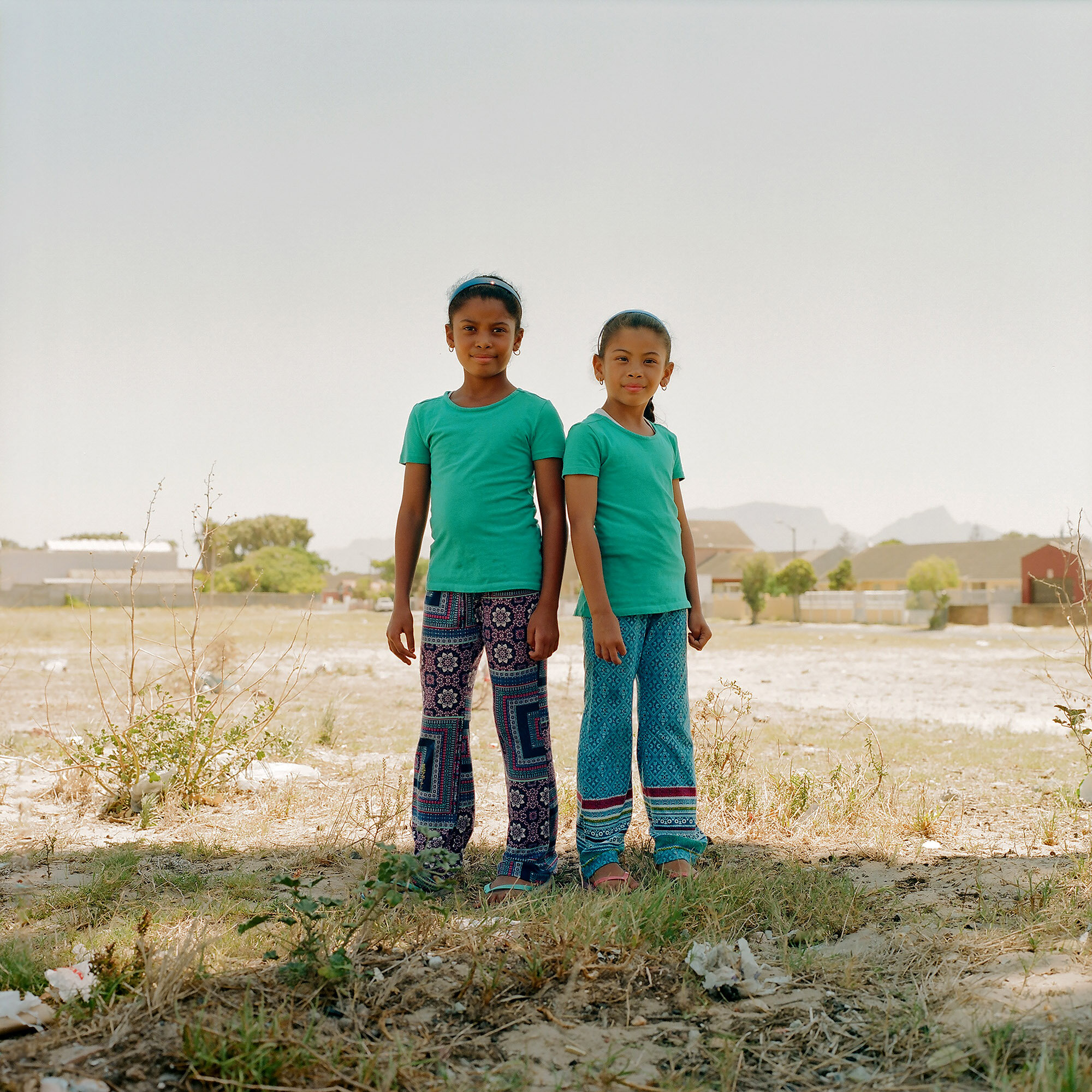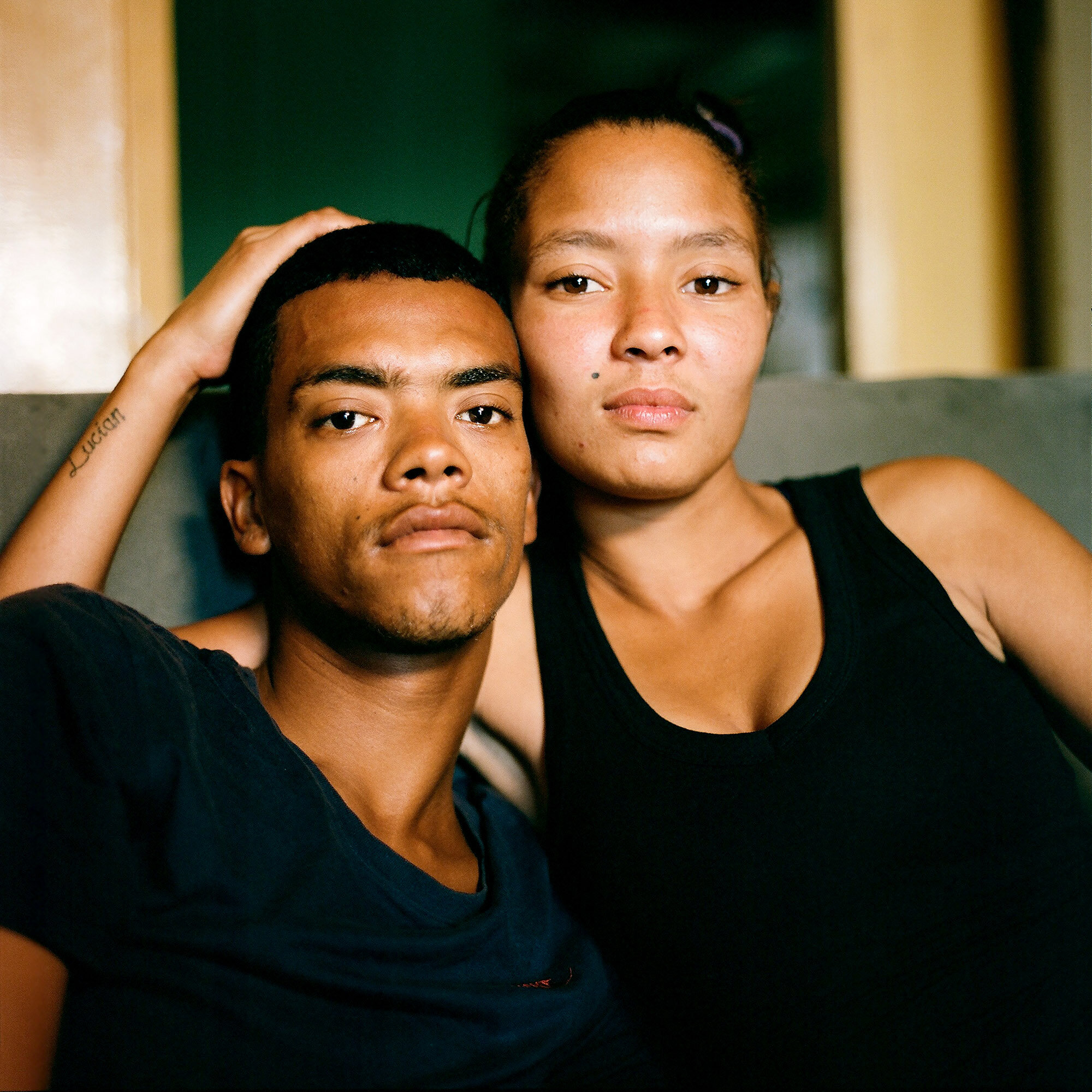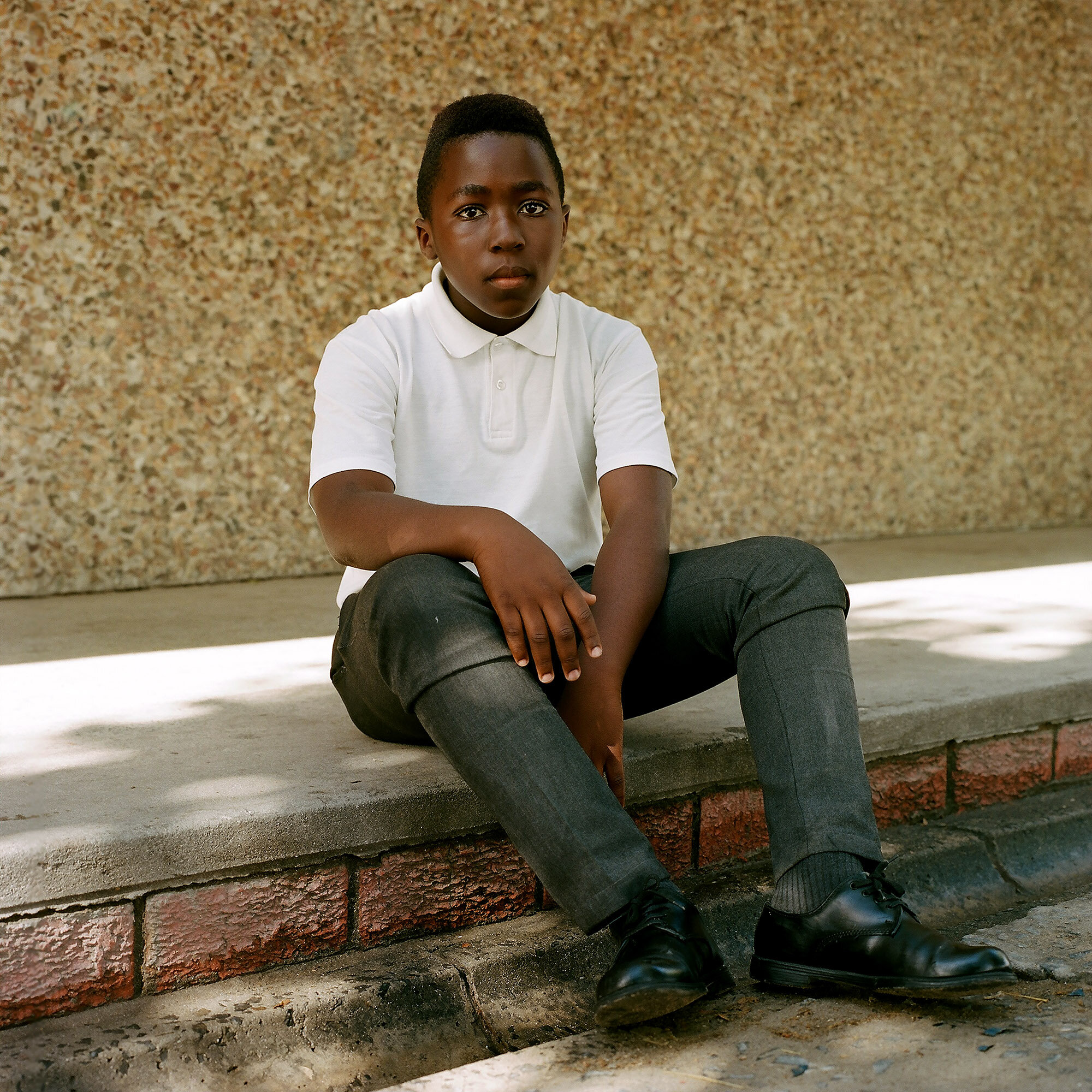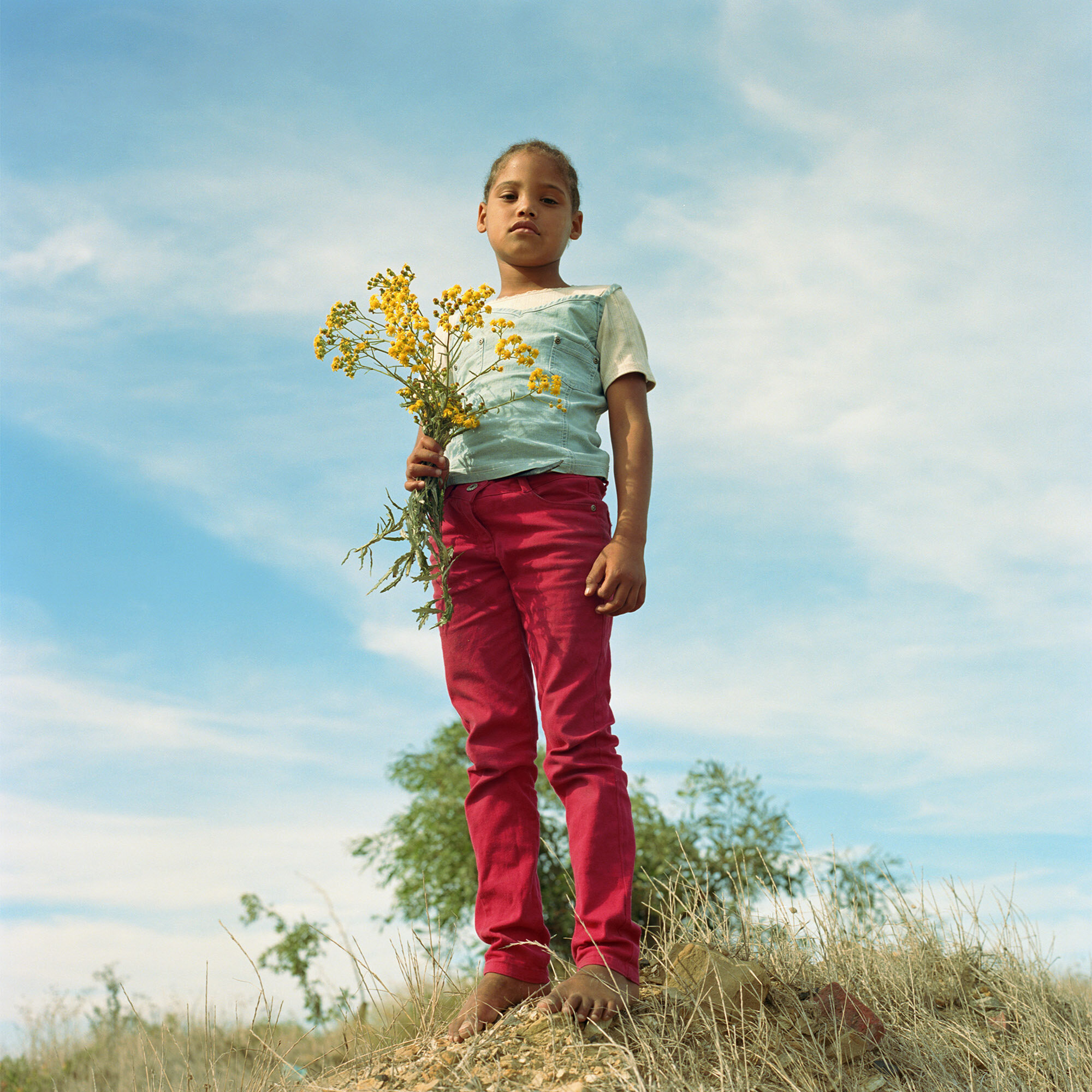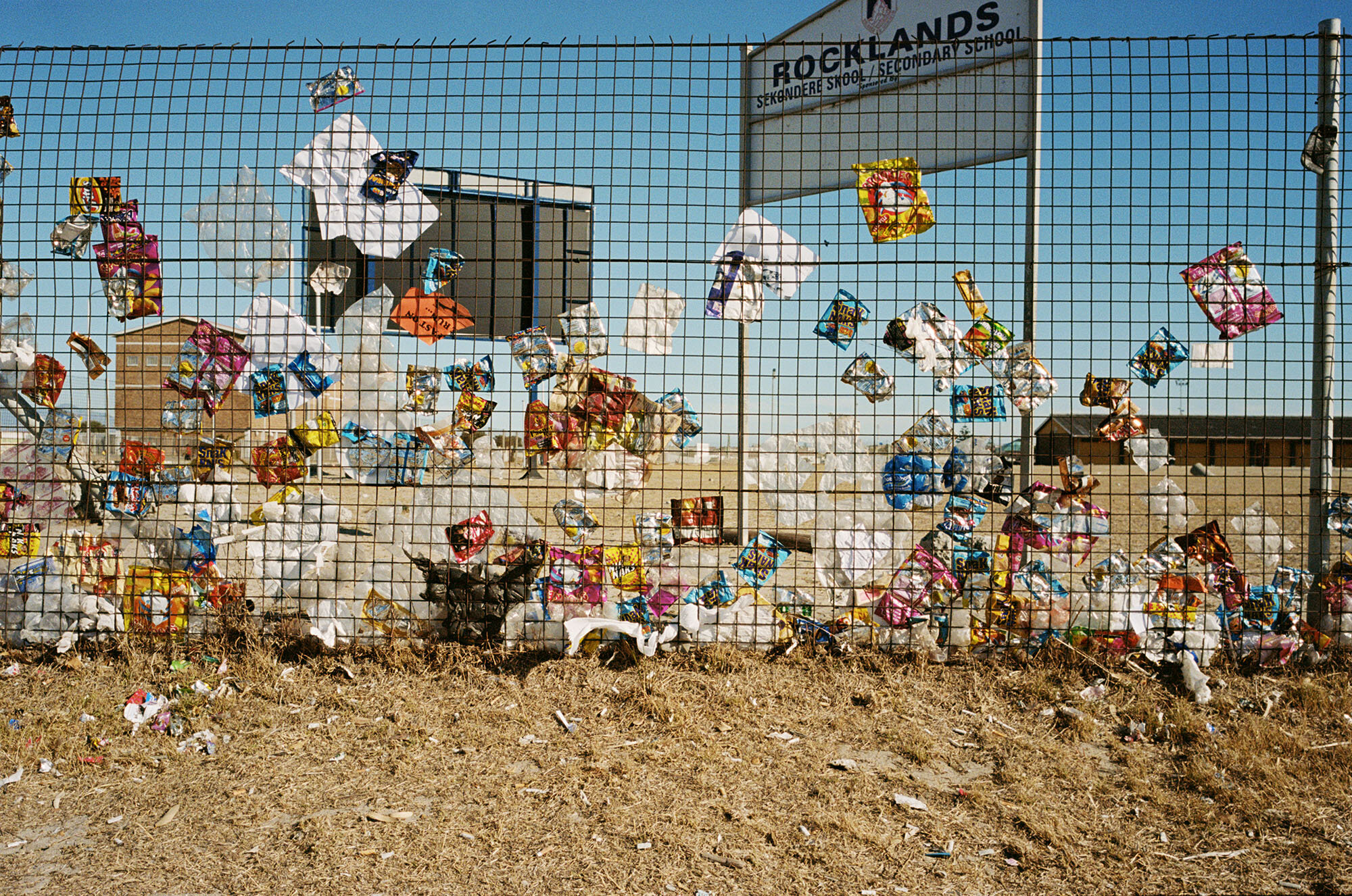IT MUST BE BUILT FROM ASHES: AN INTERVIEW WITH JUSTIN KEENE
In his Cape Town based project, ‘It Must Be Built From Ashes’, Justin Keene (b. 1989, The UK) challenges the mainstream media portrayal of Mitchells Plain and the Cape Flats, creating an intimate social dialogue with communities and their youth. The project evaluates the notion of citizenship and place-related identity by exploring themes of urban development and displacement – creating a renewed visual economy for the area and its people.
What would you say the young generation symbolises for you, in context of the post-apartheid regime in South Africa?
There are associations in South Africa of the ‘born-free’ generation – those people born after the country’s political emancipation in 1995 – but the ideas backing-up what it means to be ‘born-free’ have yet to be materialised for many young people in South Africa. Younger generations represent the future of the country, but they also symbolise the failings of the country’s political history.
Education standards in South Africa are amongst the very lowest in the world and unemployment is high for young adults. The current government is trying to improve opportunities for young people, but the effects of apartheid still run deep and are socially embedded. In fact, many of them are infrastructural. Yet, I feel there is hope amongst young South Africans who are ready to take on the world and overcome the hand they were dealt – this is the sentiment I have tried to capture in my work.
Your series is shot on a medium format analogue camera. Why so?
Using a medium-format camera allows you to slow down the image-making process whilst still being accessible to people and your surroundings. The specific number of shots on a roll of film makes you think about every shot in a way that ultimately improves your work. Using a large-format camera in Cape Town is something I would like to do but it was not practical for this body of work. Mitchells Plain is not an easy place to take photographs, so you have to gain trust from the people you interact with and find a level of comfort for yourself in that environment as well.
In your project description you state that you are “creating a renewed visual economy for the area and its people”, could you please elaborate on that statement?
I did not grow up in Mitchells Plain, yet Cape Town’s diverse population compelled me to explore the area and its history photographically, attempting to show how politics has shaped generations and a way of life.
When portrayed in the media and by public opinion, Mitchells Plain carries the heavy weight of strong gang associations with prolific crime and violence. I wanted to explore this under a backdrop of discovering what Mitchells Plain is for myself. I am not oblivious to the crime and violence - I saw it myself when I was there - but I did not want to focus on it specifically as there is already a lot of work documented on that element of the area.
I was mainly looking to portray young people growing up in and around the violence and gang-culture whilst not taking actively part in the gangs. Thankfully, the sentiment of the work has hit home with some of the people that grew up in Mitchells Plain.

